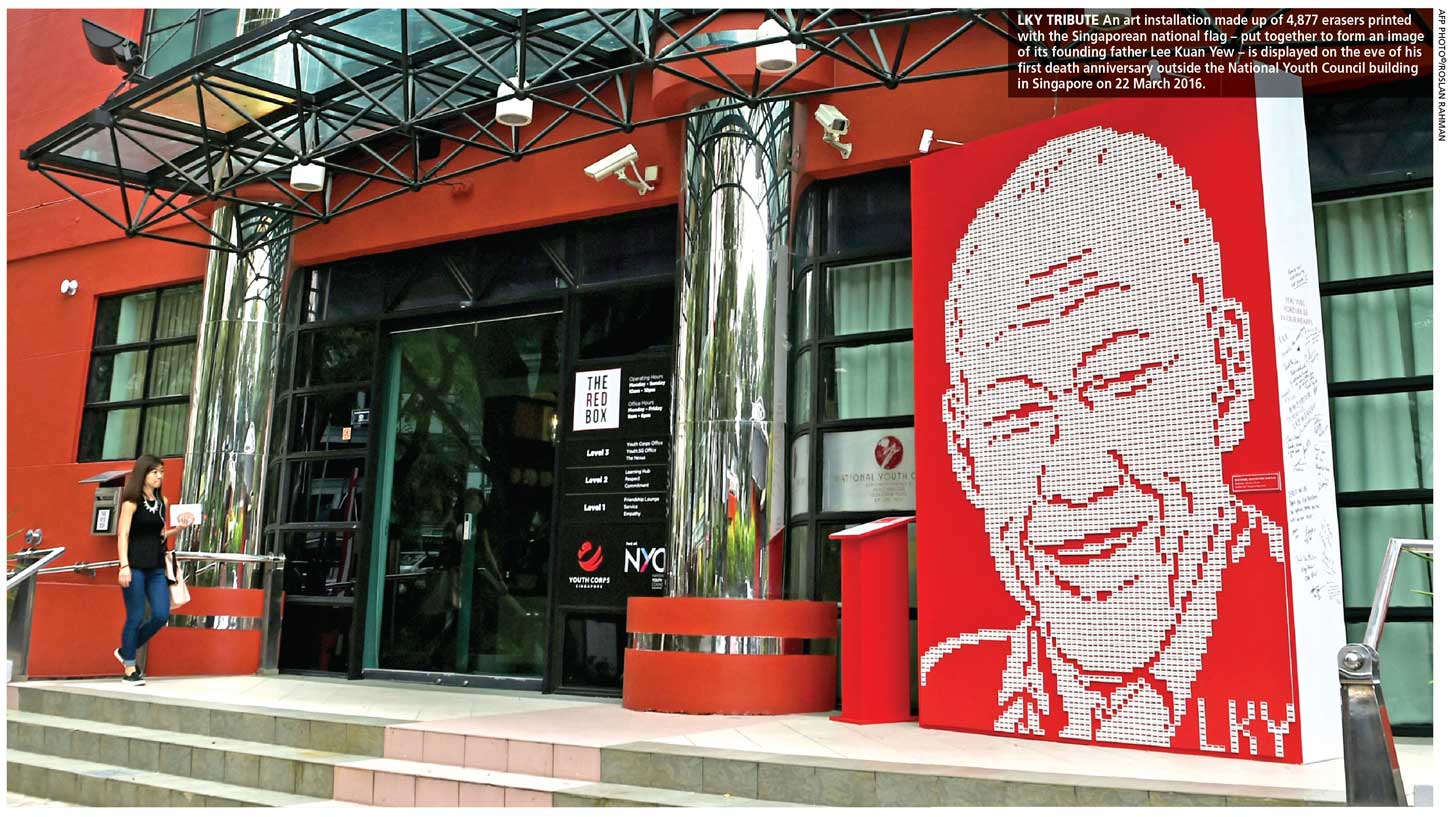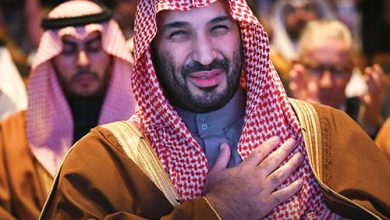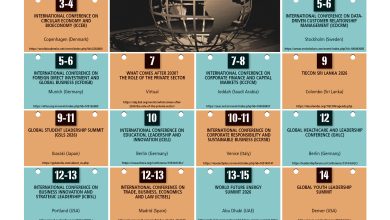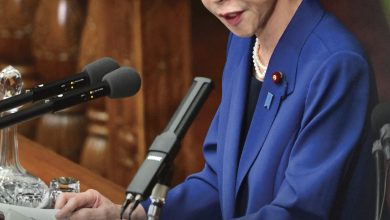
FOLLOW THE RED DOT
Rajika Jayatilake recommends Singapore’s commitment to developing the city-state through an educated workforce
The story of ‘The Red Dot’ – as Singapore’s 5.9 million citizens affectionately call it – is about an incredible ‘rags to riches’ history of a nation. Singapore separated from the UK in 1963 and became part of Malaysia.
In 1965, it separated from Malaysia and became a sovereign, impoverished city-state with no natural resources and an illiterate population.
The average education of Singaporeans at the time was third grade and the country’s per capita income was US$ 350. Today, all students in Singapore complete at least 10 years of education and the country’s per capita income is over 66,000 dollars.
According to the World Bank, this per capita income is 524 percent of the world’s average.
As history records, Singapore’s amazing prosperity was made possible by its visionary founding father Lee Kuan Yew’s (LKY) perspective of teachers being nation builders. In 1966, the then prime minister said: “Just as a country is as good as its citizens, so its citizens are really only as good as their teachers.”
It is apparent he understood from the beginning that an educated workforce is vital to building a sophisticated and prosperous nation.
Many years later, Singapore’s incumbent prime minister notes: “Education is not just about training for jobs. It is about opening doors for our children, and giving them hope and opportunities. It’s more than filling a vessel with knowledge – it is to light a fire in our young people. They are our future.”
Therefore, teaching is a revered profession with competitive salaries and professional development opportunities.
Dean of Teacher Education at Singapore’s National Institute of Education (NIE) Assoc. Prof. Woon Chia Liu says that the teaching profession captivates “the best and the brightest” individuals who consider teaching “a calling” and not simply a job.
She notes: “Our beginning teachers are paid the same as a beginning engineer or accountant – so we are able to attract passionate people and they don’t lose pay.”
Indeed, Singapore pays its teachers very well. A secondary school teacher’s annual salary is 68,954 Singaporean Dollars (S$) and a primary school teacher earns S$ 57,919 including bonuses.
Every year, some 16,000 prospective teachers apply to the NIE for 2,000 openings, which makes teaching a highly selective profession in Singapore.
After three years of teaching, the authorities begin assessing teachers’ performance annually to determine if they have the potential to become master teachers, specialists in curriculum or research, or school leaders – each with higher salaries.
And teachers who provide exceptional service are awarded bonuses from a school bonus pool.
Head of the Policy and Leadership Studies Academic Group at NIE Assoc. Prof. Pak Tee Ng sees Singapore’s perspective on education as “an investment, not an expenditure.” He explains: “When it’s seen as expenditure, the attitude is to cut costs whenever possible. When it is seen as an investment, one aims only to maximise the return on investment.”
For instance, when the global financial crisis of 2008/09 led many countries to trim their education budgets, Singapore increased spending on education from S$ 8 billion to 8.7 billion dollars.
After World War II, Singapore focussed on education and training for economic development, and the earlier phases of its education strategy were about survival, efficiency and being driven by ability.
Since the 1990s, Singapore has encouraged strengthening the creativity of young minds. In 2003, schooling for six years became compulsory for all students; and with the introduction of the ‘Teach Less, Learn More’ initiative in 2004, the education of young Singaporeans moved further away from rote memorisation and repetitive tasks.
Education moved towards the deeper understanding of concepts, development of problem solving skills and the stimulation of innovative talents of young people. The current student-centric, values driven phase of education largely focusses on 21st century skills.
The Ministry of Education has listed the ‘desired outcomes of education’ that all Singaporeans should have once they complete their formal education. For instance, a child who is schooled in Singapore’s education system will end up with a keen sense of self-awareness and solid moral values, in addition to the skills and knowledge needed to handle the challenges of adult life.
And the city-state ensures that its educated youth consist of confident and enthusiastic people who have a strong sense of right and wrong, are resilient and insightful independent thinkers, and effective communicators.
They are self-directed learners who believe in lifelong learning and active contributors to society, and can work in teams. These youth will take the initiative and calculated risks, and reach for excellence. They are also concerned citizens who care deeply for Singapore, and possess a strong civic consciousness that extends to the family, community and nation.
With an education system that focusses on developing well-rounded, civic minded patriotic citizens, it isn’t surprising that Singapore’s education is considered a role model for the world.
As LKY one said: “Our priority must be to develop Singapore’s only natural resource – its people.”






